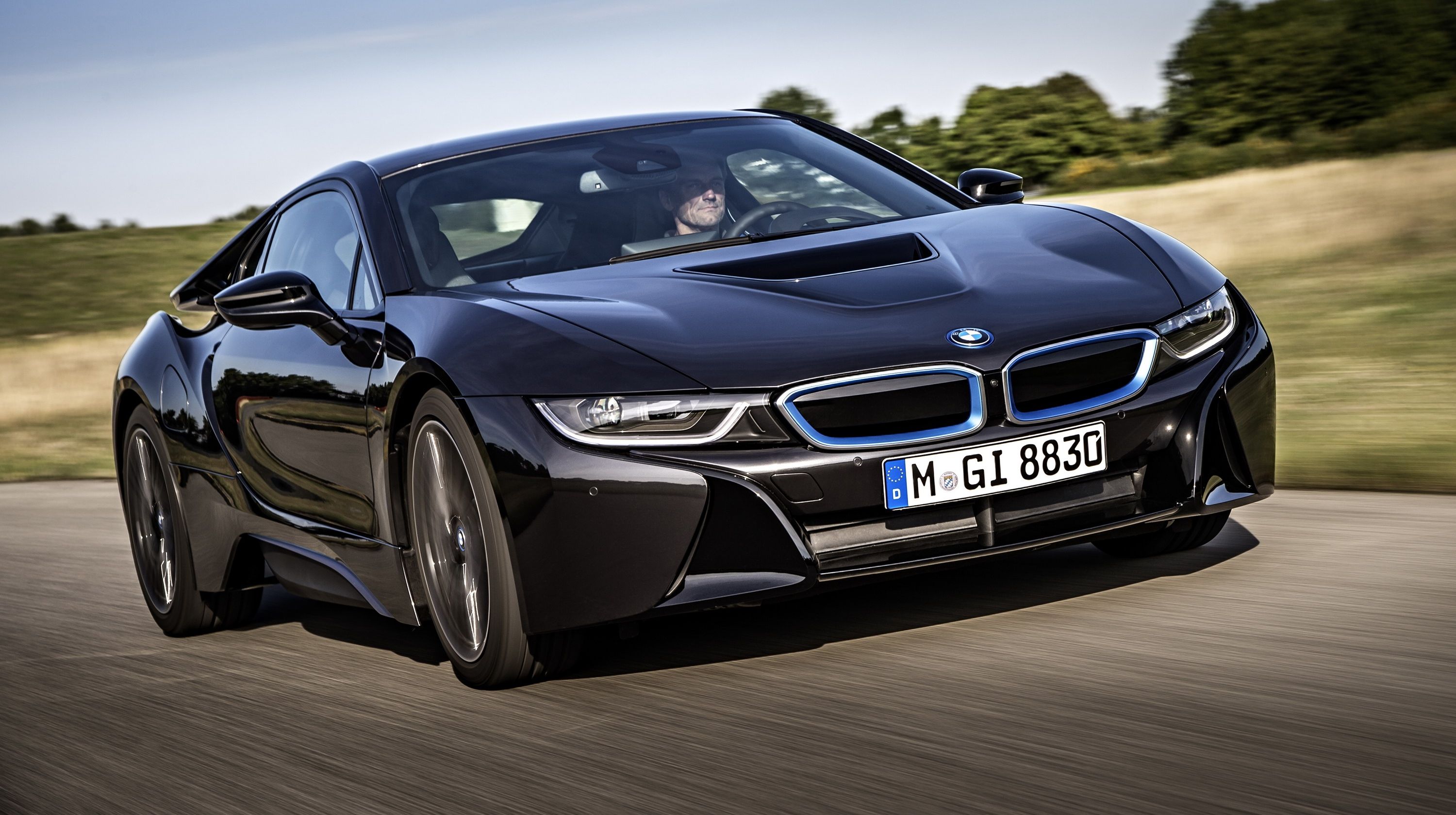BMW->ke178 has had no problem selling the i8.->ke4622 In fact, the plug-in hybrid sports car->ke506 is selling so well that the German automaker is considering increasing production just to meet the car’s high demand. BMW sales and marketing boss Ian Robertson told Automotive News Europe at the 2014 Los Angeles Auto Show->ke211 that the company is looking at ways to increase production of the i8 because demand for the car in some markets have gone through the roof.
According to Robertson, a reasonable waiting time for customers who order a premium model should be six months. But with the i8, it's 18 months, which means that if you order one today, you might not get your car until May 2016. It's a problem, but it is a good problem to have and BMW certainly has the resources to accommodate the demand for the i8 if it chose to do so.
The company initially planned to build the i8 as a low-volume sports car limited to annual sales in the low thousands. But now that people are seemingly tripping over themselves to secure a model, the company could recalibrate its expectations for the i8. Robertson didn’t expound on whether BMW will increase output of the car, but if the i8’s popularity and demand continue to soar, the only course of action to take might be to give the people what they want; at least to a certain extent.
Click past the jump to read more about BMW i8.
Why it matters
BMW believed that the i8 would be a successful product, yet even best-laid plans are subject to modifications once the market starts dictating the demand for a certain product. That’s the conundrum BMW has with the i8 these days.
If BMW does increase production for the i8, the car could lose its low-volume, hard-to-get appeal. That’s the downside of the supply-and-demand business. But it’s hard for us to think that BMW will stick to its plan knowing that customers are willing to wait up to 18 months just so they can have their own i8. BMW needs to understand that customers typically don’t behave like this for cars that retail for $135,925. But something about the BMW i8 has turned its rather steep price irrelevant.
A lot of customers want to buy the i8 and they’re willing to wait for it. It’s on BMW now to throw its customers a bone and acquiesce to the growing demand. The company might even gain a lot of goodwill in the process.
BMW i8
With an auto lineup that features just about every kind of vehicle short of a wheelbarrow, the BMW i8 is, without question, one of the most identifiable models in BMW’s lineup. Everything about the i8 screams "different," underscoring the automaker's attempt to venture into a brave, new world where sports cars are thought of not just in terms of their power, but also their economic fuel returns.
The i8 certainly classifies as a sports car hiding in supercar clothing. The dynamic shark nose front end is a treat to the eyes, as are the scissor doors and the prevalent use of lightweight carbon-fiber-reinforced plastic on the car’s aluminum chassis.
Power comes in the form of a 1.5-liter, three-cylinder engine that delivers 231 horsepower and 236 pound-feet of torque to the rear wheels and an electric motor that pumps out 131 ponies and 184 pound-feet of torque driving the front ones. Taken together, the BMW has 362 horsepower and 420 pound-feet of torque at its disposal, good enough to sprint from 0 to 60 mph in 4.4 seconds to go with a top speed of 155 mph.
On the U.S. market the i8 is priced from $135,925.

